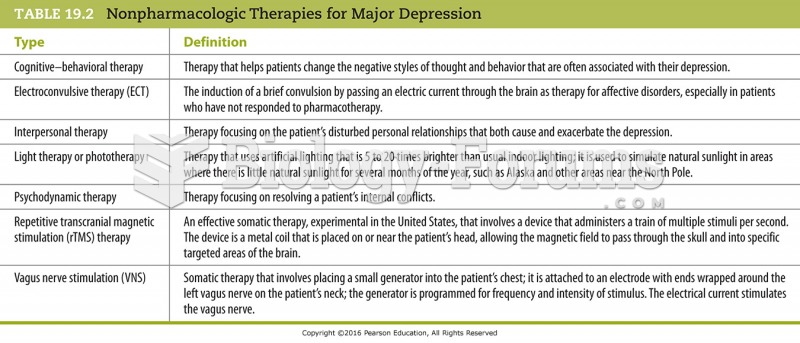Answer to Question 1
In 1871, Ruffin v. Commonwealth, the Virginia Supreme Court held that a prisoner had, as a consequence of his crime, not only forfeited his liberty, but all his personal rights except those which the law in its humanity accords to him. The court also declared inmates to be slaves of the state, losing all their citizenship rights, including the right to complain about living conditions.
Turner v. Safley (1987). Prison inmates challenged the reasonableness of certain regulations of the Missouri Division of Corrections. Here, the Supreme Court modified previous standardssuch as compelling state interest, least restrictive means, and rational relationshipused to determine whether prison regulations and laws violate constitutional rights of inmates.
Cooper v. Pate (1964). Here the Supreme Court first recognized the use of Title 42 of the U.S. Code Section 1983 as a legal remedy for inmates. Cooper sued prison officials under Sec. 1983, alleging that he was unconstitutionally punished (i.e., placed in solitary confinement) and denied permission to purchase certain Muslim religious publications. The Supreme Court held that Cooper was entitled to relief and could use Section 1983.
Johnson v. Avery (1969). One of the first prison decisions that involved an alleged violation of a constitutional rightthe right of access to the courts. Johnson was disciplined for violating a prison regulation that prohibited inmates from assisting other prisoners in preparing writs. The Supreme Court held that the state could not bar inmates from furnishing such assistance to other prisoners. However, what constituted reasonable alternatives to writ writers was not explained.
Bounds v. Smith (1977). Another court-access decision, Bounds clarified Johnson v. Avery. Here, a North Carolina inmate alleged denial of reasonable access by having only one library in the prison (which was inadequate in nature); the Court went further, saying that prisoners have a constitutional right to adequate law libraries or assistance from persons trained in the law.
Cruz v. Beto (1972). This landmark case clarified the right of inmates to exercise their religious beliefs, even if they did not belong to what are considered mainstream or traditional religions. Cruz, a Buddhist, was not allowed to use the prison chapel and was placed in solitary confinement on a diet of bread and water for sharing his religious material with other prisoners. He sued under Sec. 1983, alleging violations of the First Amendment right to freedom of religion. The Supreme Court held that inmates with unconventional religious beliefs must be given a reasonable opportunity to exercise those beliefs.
Procunier v. Martinez (1974). Here the Supreme Court invalidated prison mail censorship regulations that permitted authorities to hold back or to censor mail to and from prisoners whenever they thought that the letters unduly complained, expressed inflammatory views or beliefs, or were defamatory or otherwise inappropriate. The Court based its ruling not on the rights of the prisoner, but instead on the free-world recipient's right to communicate with the prisoner, either by sending or by receiving mail.
Bell v. Wolfish (1979). This is one of the few cases decided by the Supreme Court concerning the rights of pretrial detainees housed in local jails. Here, the Court in effect said that jail officials may run their institutions the same way prisons are managed.
Estelle v. Gamble (1976). Although Gamble lost in this case, it was the first major prison medical treatment case decided by the Supreme Court and set the standards by which such cases are determined. Here, the Court coined the term deliberate indifference, which occurs where the serious medical needs of prisoners involve the unnecessary and wanton infliction of pain.
Wolff v. McDonnell (1974). This case is significant because, for the first time, the Supreme Court acknowledged that inmates are entitled to certain due process rightsfundamental fairnessduring prison disciplinary proceedings.
Answer to Question 2
b






